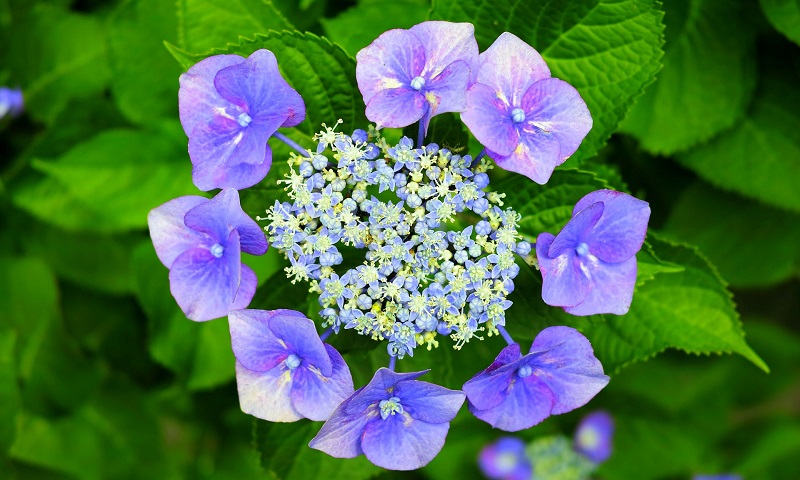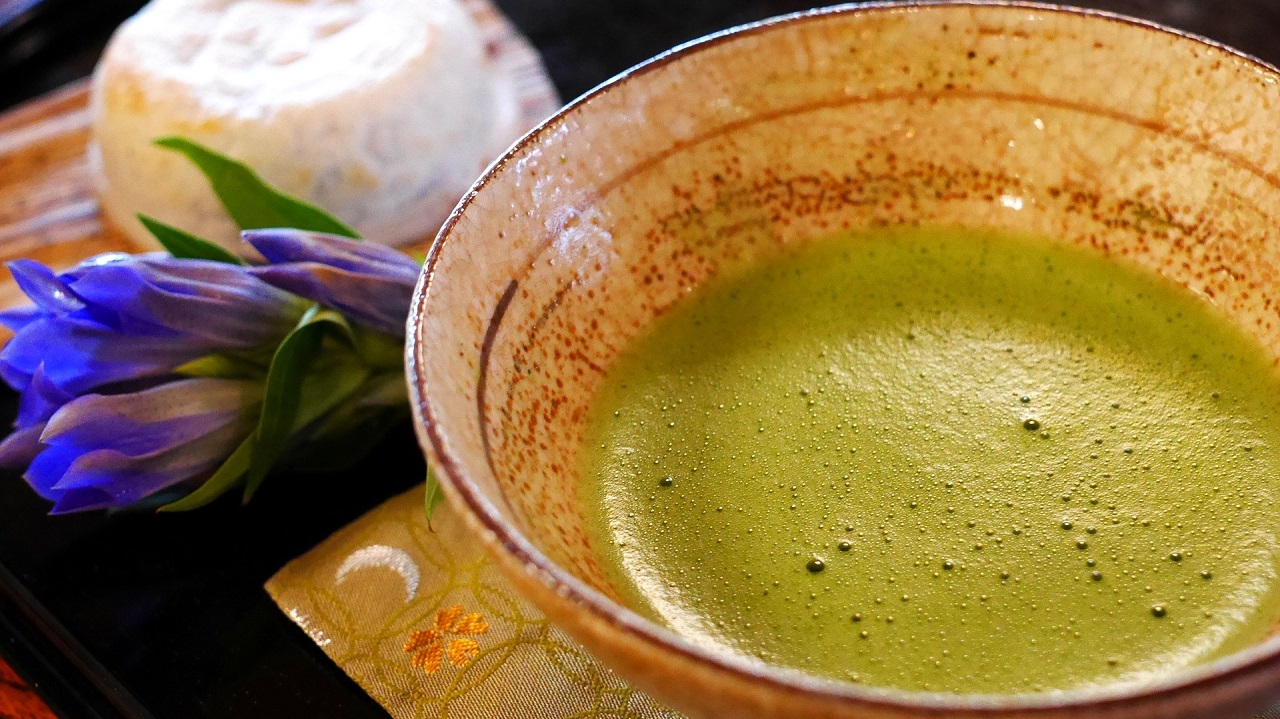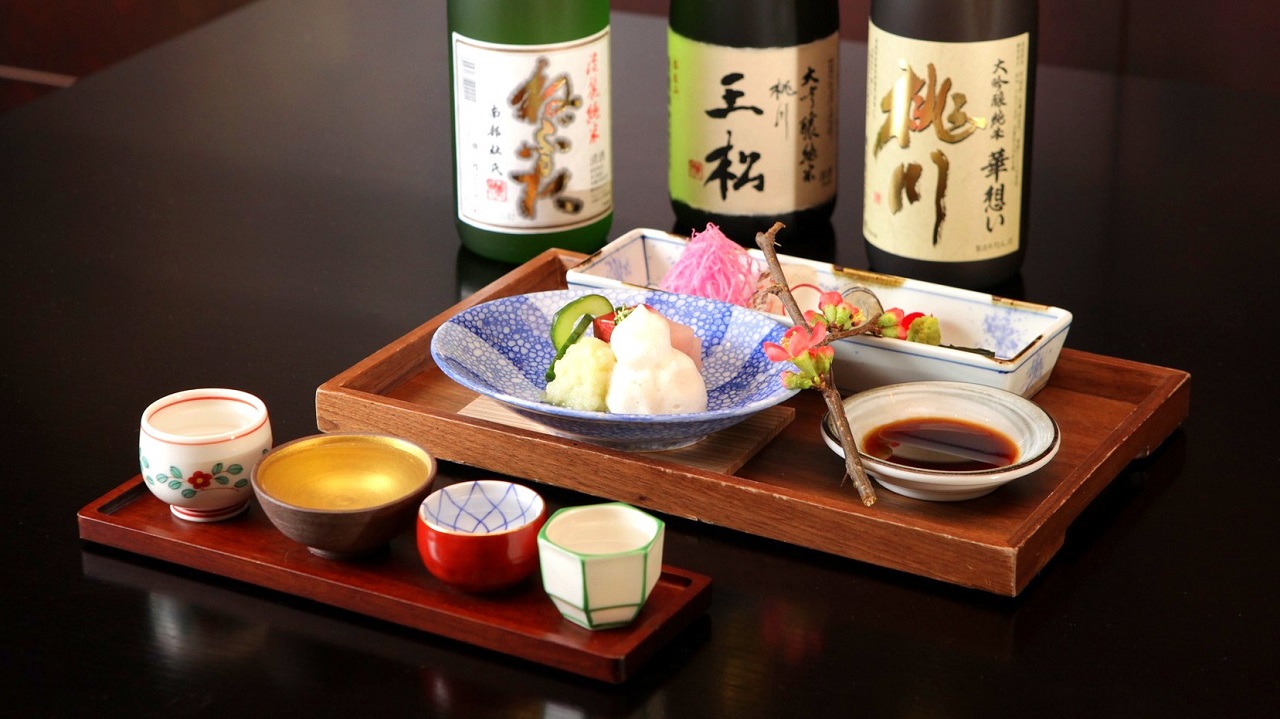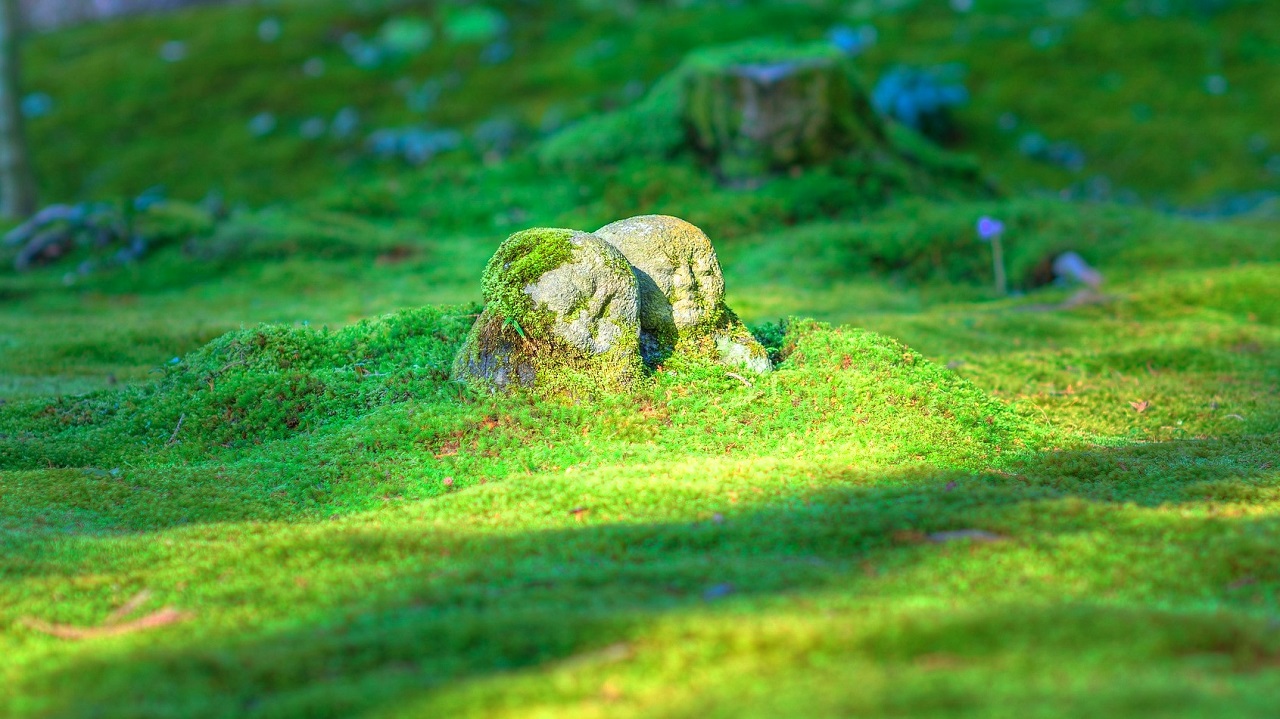What is Ikebana(Kado)?
Kado is a traditional Japanese art originating from the Heian period in which flowers and plants are specially arranged in a vase for appreciation.It is also called Ikebana.
Those flowers are usually displayed in Tokonoma (japanese alcove).
Ikebana began when the Buddhist monk offered flowers in front of a mortuary tablet.
Flowers and plants in ikebana represent human life and express its beauty and respect.
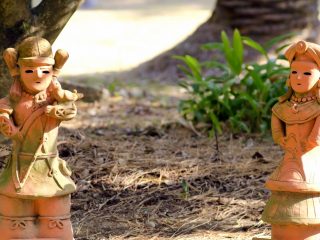
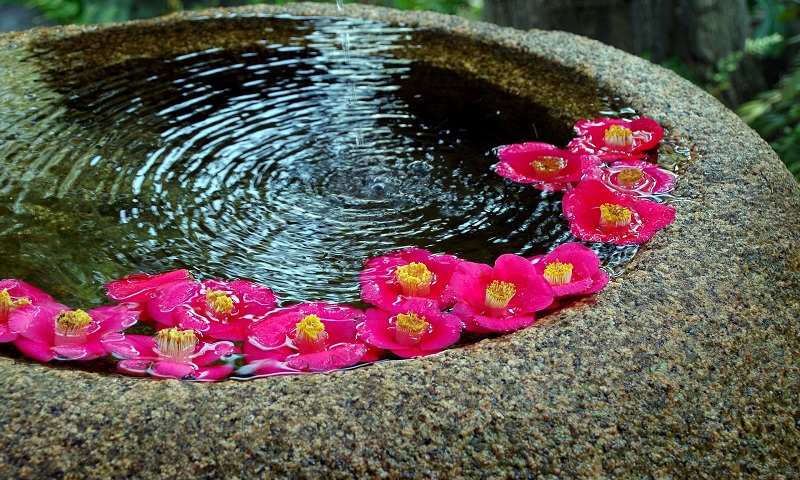
In Ikebana, flowers also represent heaven, earth and human, which are to be arranged in a proper balance.
People enjoy seeing the mystic power of plants expressed in the flowers and plants.
To Tamotsu Funakoshi style Ikebana
It was traditionally learnt by women as part of bridal training.
There are many styles in Ikebana.
Based on Ikenobo style, there are about 2000-30000 kinds of styles.Ikenobo style is the base of Ikebana established by Senoh Ikebono.
Ikenobo Senno made a school of Japanese flower arrangement.
Ikenobo Senno was a buddhist monk who strived to raise the artistic level of flower arrangement.
There are three patterns ( Rikka, Shoka, Jiyuuka) in Ikenobo style.Ikebana is popular among many generations as enrichment lessons.
Ikebana uses plants and flowers as Yorishiro (an object representative of a devine spirit).Ikebana exhibitions are held at exhibition spaces, post offices and train stations.
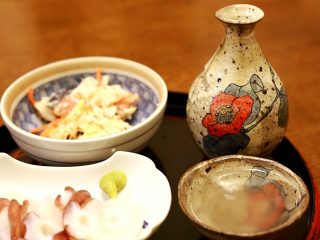
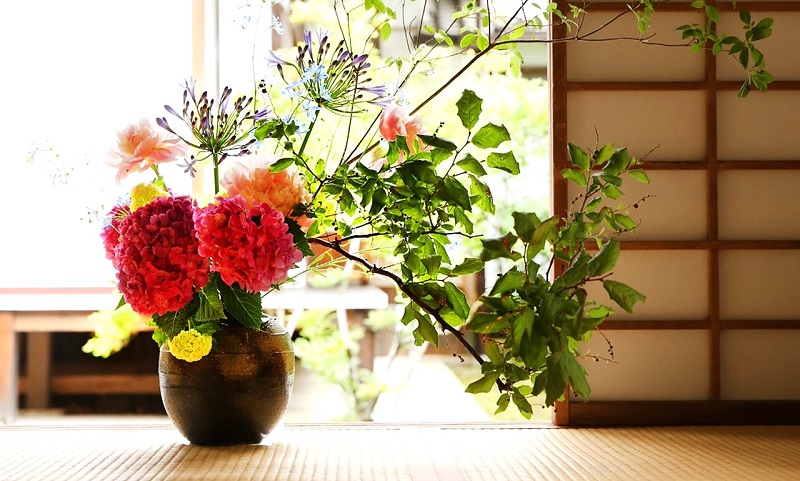
Rikka(立花 in japanese )
Rikka is a technique of putting plants and flowers in a long and narrow vertical vase.
Rikka is the basic form of Ikebana .
Rikka mainly represent beauty of landscape and the universe.
Rikka represent providence of nature.
SHOKA(生花 IN JAPANESE )
Shoka focuses on the beauty of birth, when plants start sprouting.
Shoka represents the growing energy and feeling of life.
Jiyuuka(自由花in japanese )
There are not any fixed styles in Jiyuuka. With Jiyuuka style, wide ranges of expression are available.
Jiyuuka style is used in many interpretations of events.
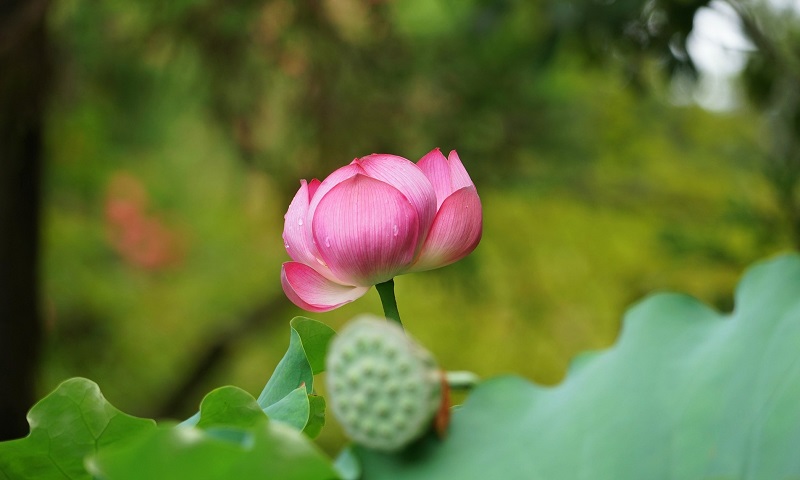
Manners
First, Seiza(sitting position where feet are folded under thighs) in front of the alcove of the room, then bow once towards the flower before seeing.
See the overall structure first, followed by arrangement of the flowers, floral vase and garden tub.
Then enjoy the moment.
Lastly, bow to the person who put together the ikebana, showing the gratitude.
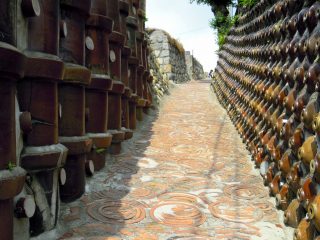
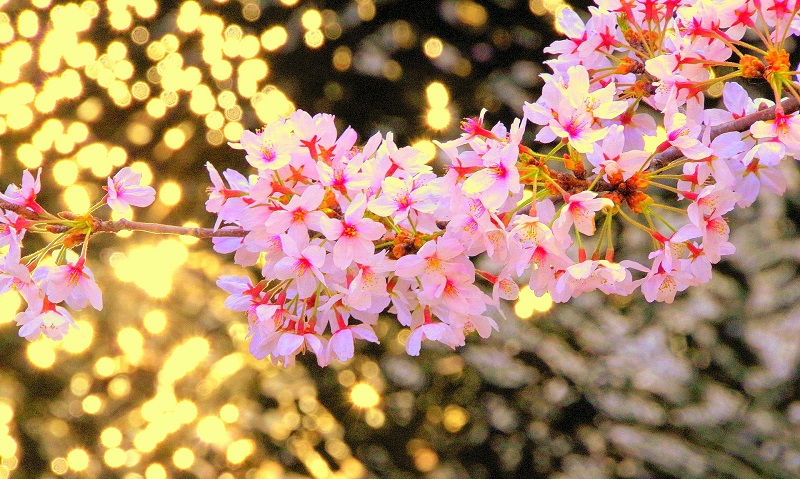
In Ikebana, flowers, grasses, trees, and all different kinds of plants are used. In Ikebana, flowers and plants are pierced with a needle called a “kenzan”.
The flower arrangements are then placed into a water absorbent sponge which is called an “oasis”. In Ikebana, attention is also paid to the space in which the arrangements are to be placed.
The result is quite different from using a flower arrangement where the look of the space isn’t considered.
Flower arrangement called Kado is a traditional Japanese art that has flourished since the sixteenth century.
Also called Ikebana, its origin is said to date from the sixth century when Buddhist priests offered up flowers before Buddha.
Its fundamental concept is to express the three elements of heaven, earth, and mankind in a balanced composition, using natural flowers.
The general style is to fill a wide-mouthed, simple vase with water, and stick and heap up the flowers on kenzan, that is a metallic plate with a lot of thick needles pointing upwards.
Natural beauty and one’s feelings are expressed by using scissors to adjust the length of the stems and to modify the shape of the leaves and by using the hands to add curvature.
Today, avant-garde Ikebana that does not even use plants is one genre of the art.
